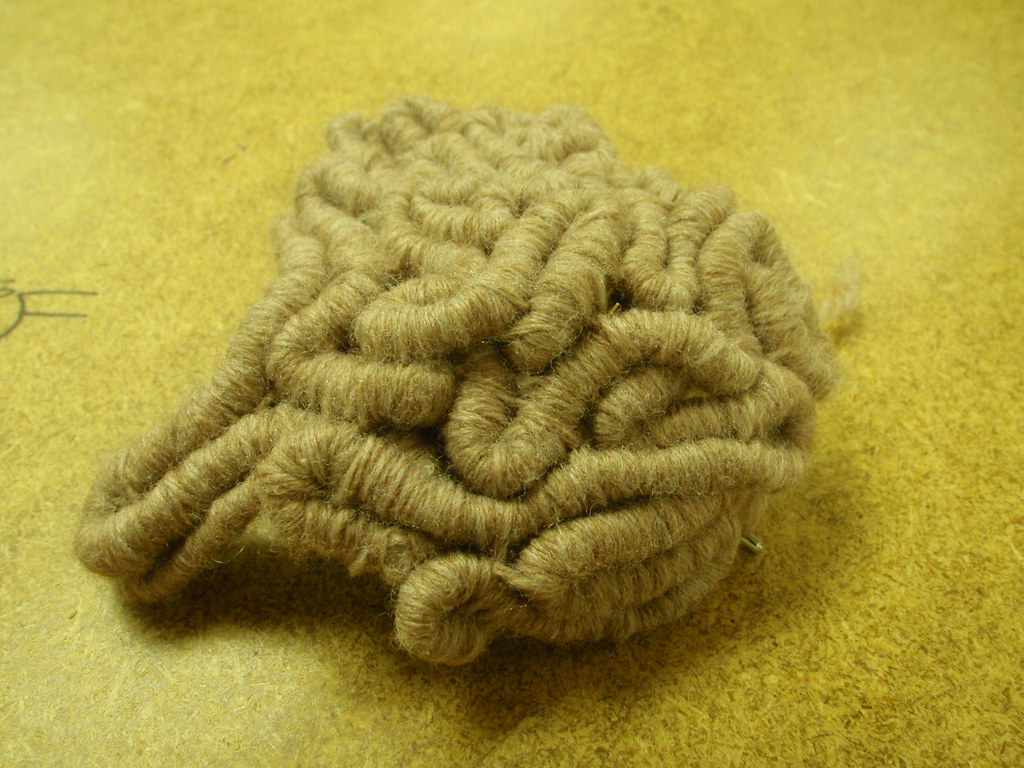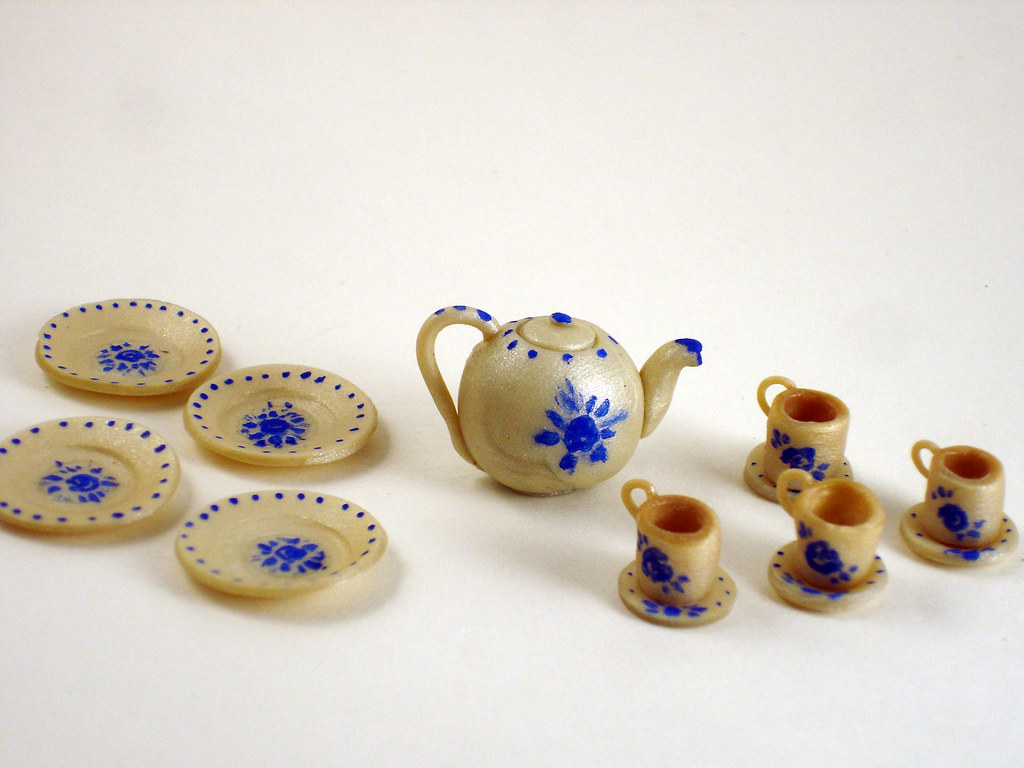
Coil clay definition refers to a method of pottery making where long, rope-like strands of clay are coiled and stacked to form various shapes and forms. Coil clay is one of the most ancient techniques used in ceramics, allowing artists to create anything from small vessels to large, elaborate sculptures. This versatile approach has not only persisted through centuries but has also evolved, embracing modern creativity while maintaining its traditional foundations.
| Aspect | Description |
|---|---|
| Technique | Creating pottery by stacking and smoothing long, rolled strips of clay to form shapes. |
| Historical Significance | One of the oldest techniques in ceramics, used by ancient cultures worldwide. |
| Modern Application | Used by contemporary artists to create both functional and decorative pieces. |
The Art of Coil Clay: A Journey Through Time

Imagine diving into a pottery technique that not only connects you with ancient artisans but also allows your creativity to flourish in unparalleled ways. Coil clay is like holding a thread that spans centuries, linking us to ancestral craftspeople who transformed raw clay into magnificent vessels and sculptures. This technique was a staple in ancient societies from China to the Americas, each culture putting a unique spin on this timeless practice.
The Process: More than Just Rolling Clay

Mastering coil clay isn’t simply about rolling out clay; it’s an art form that invites patience and precision. You start with long, snake-like rolls of clay, coiling them carefully to create your foundation. The beauty lies in the details: smoothing the coils with fingers or tools, ensuring the evenness and structural integrity of your work. The final piece’s durability often depends on this meticulous step-by-step building process.
- Start with a base: Roll out a slab to form the bottom of your piece.
- Create coils: Roll clay between your hands or on a surface to form snakes.
- Stack and shape: Continuously build upon the base, melding the layers for strength.
- Smooth the surface: Use tools or your fingers to blend coils into a seamless form.

For a deeper understanding of various vocabulary terms related to coil clay techniques and pottery, you can refer to this comprehensive PDF document that provides a wide array of terminologies and their definitions.
Modern-Day Coil Clay Creations

Fast forward to today, and coil clay is as relevant as ever, flourishing in artisanal studios and classrooms alike. Artists now leverage this ancient method to create contemporary art that’s both functional and beautifies spaces. This includes everything from minimalist vases and intricate sculptures to innovative decorative wall hangings. The technique’s adaptability allows each artisan to express their unique vision while honoring a tradition deeply rooted in human history.

For those interested in professional development and learning about the history and techniques of coil clay, exploring resources like this document on professional learning could be beneficial in gaining insights into education and innovation in the art of ceramics.

Coil clay bridges the gap between past and present, tradition and innovation. What would you create with such a versatile, enduring technique? Share your thoughts or experiences with coil clay in the comments below!

Explore more recent articles and delve into the world of ceramics and architecture, connecting to the roots of design and craftsmanship.
Hand-building a Pot using the Coiling Method #pottery #coiling #ceramics
To gain a better understanding of the coil clay technique, watch this video by Karina Smagulova titled “Hand-building a Pot using the Coiling Method,” which demonstrates how to create pottery using the coiling method.
What is a coil of clay?
A coil of clay, often seen in coil pottery or coil building methods, involves rolling clay into thin, rope-like strands. These coils are then layered around a base and carefully blended at the seams to build up the form. This gradual process of stacking and smoothing coils allows you to shape anything from a simple bowl to a tall, decorative vase, offering flexibility for beginners and experienced ceramicists alike.
What are the three clay definitions?
Although countless clay varieties exist, porcelain, stoneware, and earthenware are considered the three primary categories. Each differs in maturity temperature, workability, and color:
• Porcelain: Fires at higher temperatures, producing a smooth, often translucent white finish.
• Stoneware: Typically fires at mid- to high-range temperatures, valued for its strength and warm, natural hues.
• Earthenware: Fires at lower temperatures and usually has a slightly more porous surface, ideal for decorative or low-intensity functional pieces.
What is the difference between a clay coil and a clay slab?
When using the coil technique, you stack long, rope-like strands of clay and fuse them into shape—great for forming curved, organic structures. Meanwhile, the slab technique involves rolling clay into flat sheets and cutting or assembling them to create more angular or geometric shapes. Both handbuilding methods offer creative possibilities and can be combined to craft intricate, multi-dimensional projects.
Whether you’re just starting out or looking to refine your pottery skills, understanding the coil clay technique can truly enhance your creative repertoire. Its timeless simplicity not only pays homage to ancient ceramic practices but also offers endless possibilities for modern artistic expression.
Stay Connected and Inspired
I'm always excited to see the amazing pieces you create, so don't hesitate to share your work and join our community on Instagram. Let's continue exploring the beautiful world of coil clay together!
